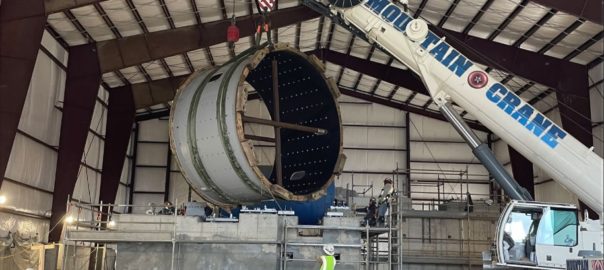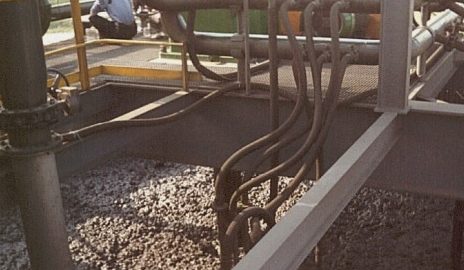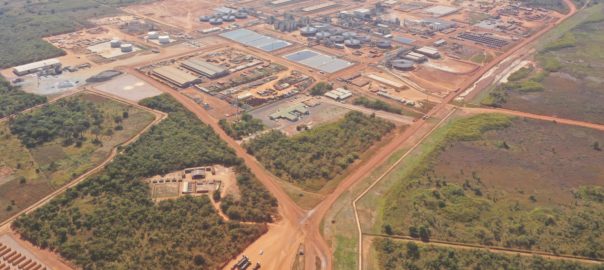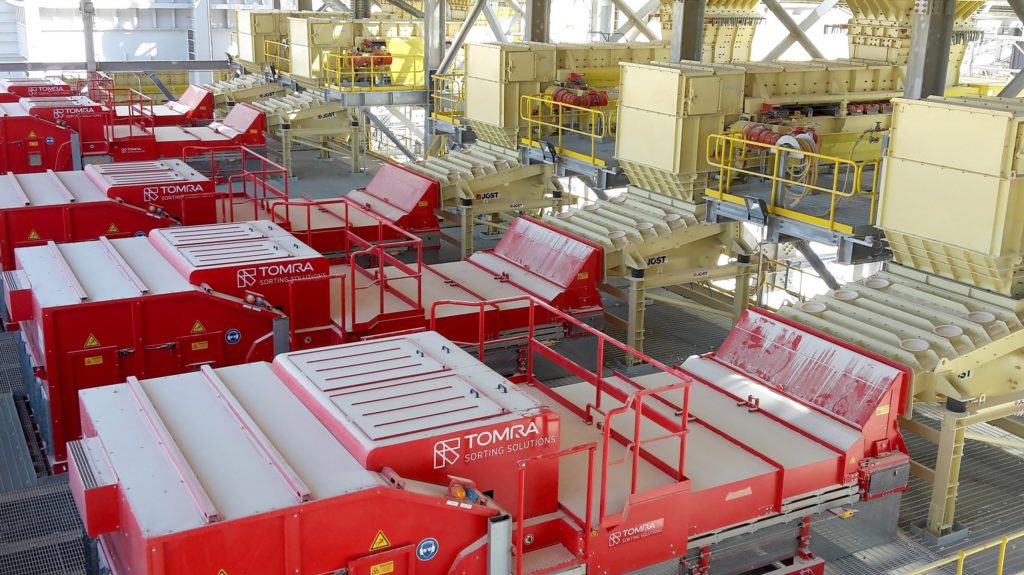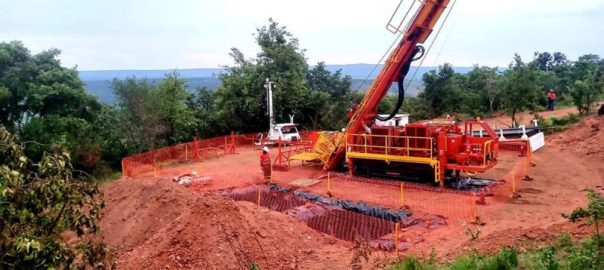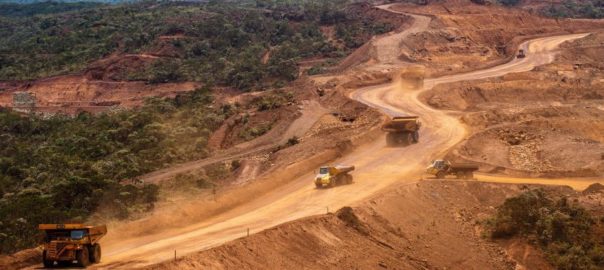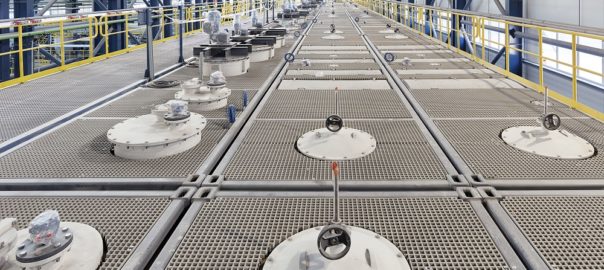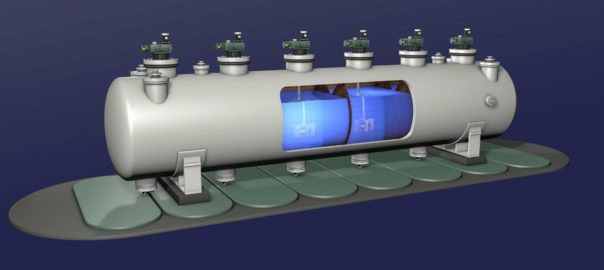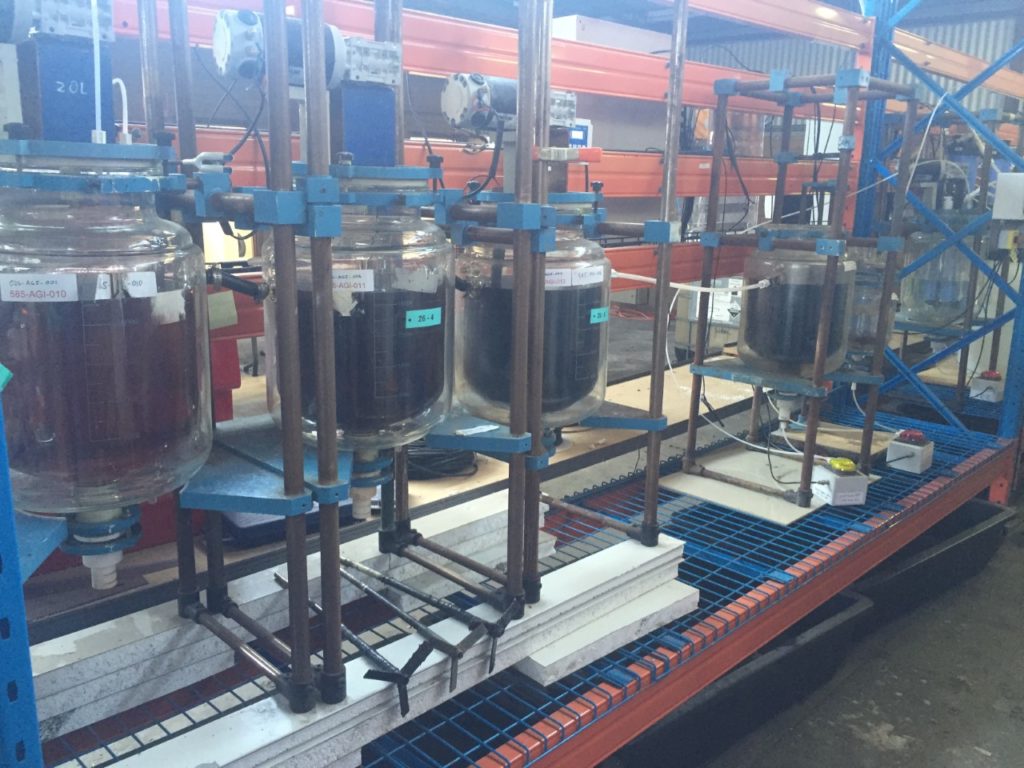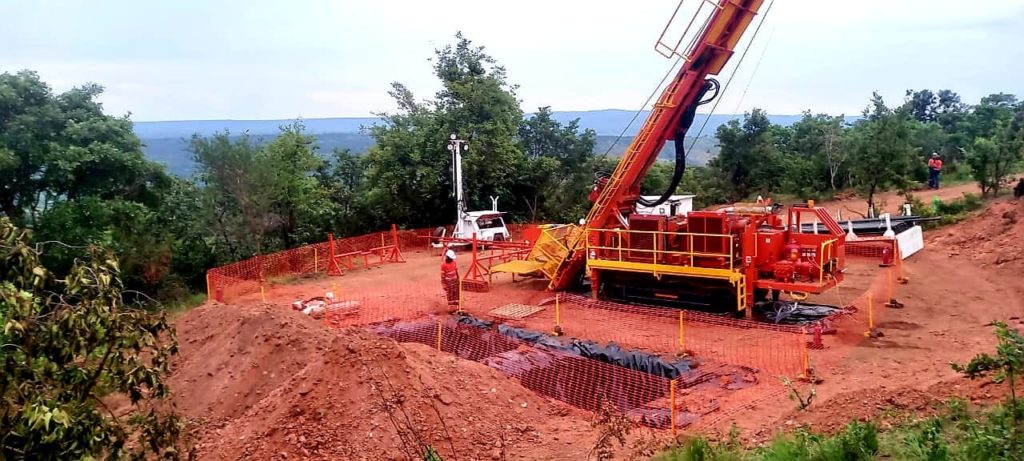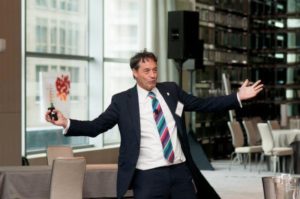Jervois Global is progressing the build of the Idaho Cobalt Operations (ICO) in the US, with the mill set to be commissioned in September and full production slated for February 2023.
Once in production, ICO is billed as being the only primary cobalt mine in the US, able to supply a critical metal necessary for electric vehicles, energy generation and distribution, defence and other industries.
In its latest project update, Jervois said that it had come up with a revised construction budget of $107.5 million that had board approval. This was up from the previous $99.1 million outlined, reflecting a heighted inflationary environment in the US.
This adjusted final forecast capital expenditure and schedule will form the basis of a “Cost to Complete” test by independent engineer RPMGlobal, who has been engaged by the trustee acting for bondholders under the terms of Jervois’ $100 million Senior Secured Bonds. RPM engineers are scheduled to visit site in early July to undertake the final Cost to Complete test ahead of the planned second tranche bond drawdown of $50 million later that month.
Mine development, meanwhile, continues at circa-25 ft/d (7.6 m/d), the company noted. Planned increases to underground working faces, improved water management and road conditions, as well as additional personnel and mining equipment on site, are expected to increase mine development productivity, it said.
“Jervois and its mining contractor, Small Mine Development, remain confident in the revised mining production targets that underpin the capital cost update,” the company stated.
Jervois says it is achieving infill drilling rates over 200 ft/d as part of a 19,000 ft underground campaign to decrease hole space aiming to enhance orebody knowledge. The drilling is improving the robustness of the resource model to generate a production block model for mining, it added.
The SAG mill, ball mill and crusher are each in place, and work continues with facilities construction and equipment placement, Jervois noted, saying that an official opening ceremony was scheduled at site for October 7, 2022. The SAG mill, a 4.7-m diameter and 2.5-m-long 750 kW installation, is provided by Metso Outotec.
A 2020 bankable feasibility study, managed by a joint team of DRA Global and M3 Engineering, was based on extracting 2.5 Mt of ore at an average grade of 0.55% Co, 0.8% Cu and 0.64 g/t Au. The initial mine life within the study was seven years.







